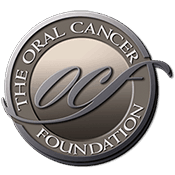Ultra-processed foods may increase cancer risks even more than we thought
Source: goodmenproject.com Author: Daniel T Cross We have long known that our diets can impact not only our environment but our health as well, and a new study confirms this. Eating more ultra-processed foods could put you at a higher risk of developing cancers of the upper aerodigestive tract, including the mouth, throat and esophagus, according to researchers at the University of Bristol and the International Agency for Research on Cancer. They reached this conclusion by analysing diet and lifestyle data on more than 450,000 adults whose dietary habits were followed for 14 years. Their study adds to the evidence base on the carcogenic effects of ultra-processed foods, which have already been linked to an increased risk of obesity, diabetes, heart disease and various forms of cancer. Results from the new research now indicate that eating 10% more ultra-processed foods is associated with a 23% higher risk of head and neck cancer and a 24% higher risk of a cancer of the esophagus. Increases in body fat accounted only for a small proportion of the statistical association between ultra-processed food consumption and the risk of these upper-aerodigestive tract cancers, according to the scientists. “Ultra-processed foods have been associated with excess weight and increased body fat in several observational studies. This makes sense as they are generally tasty, convenient and cheap, favouring the consumption of large portions and an excessive number of calories,” explains Fernanda Morales-Berstein, a PhD student at the University of Bristol who was the study’s lead author.
